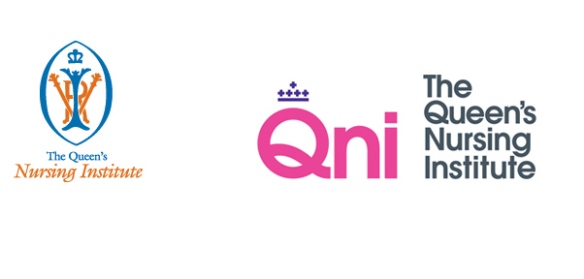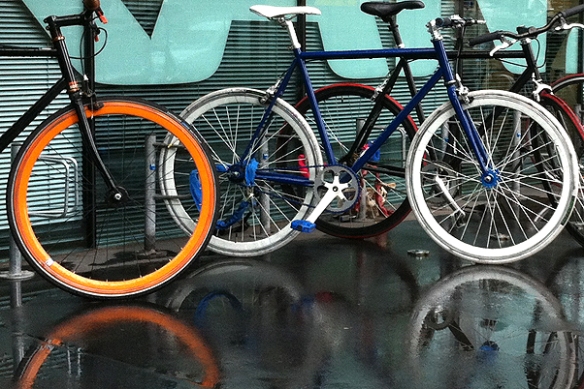Choosing the right design partner can be a daunting task. There are thousands of design groups out there of all sizes and abilities. Below are five simple tips to help avoid an expensive and disheartening mistake and help you find a company that you will enjoy working with and result in a successful design solution that answers your brief.
- Ask for recommendations.
The easiest starting point is to ask friends and colleagues who they use. Also find examples of designs that you like (not only in your own sector) and find out who designed them. Feel free to ask any design group for references from clients too or ask if you can contact clients directly. Most companies will be happy to let you do this, assuming they have nothing to hide. - Don’t choose someone just because they’ve done a lot of work in your sector.
It often feels like the safe option to go for someone who has a lot of experience in your sector and therefore ‘specialises’ in that area. If you want something that is truly unique and specific to your brief and objectives it might be better to look elsewhere. You want to stand out rather than look like your competitors and a fresh perspective should offer a refreshing and tailored solution to your brief. With the right brief and a good designer you should get the right design solution. - Always meet face to face.
In the digital age it’s all too easy to just communicate through email and phone, but when commissioning a design group for the first time it’s important that you meet in person. Personality plays a big role in design and you need to be sure that you choose someone you can happily work with, and that you feel understands the organisation and shares your enthusiasm for what the organisation does and is trying to achieve. A company website will give an overview of the culture and personality but make sure you meet the people you will actually be working with on your project as design requires a close working, two-way relationship. Always try to visit their workplace before making your final decision. - Consider the following key points; Personality, Experience, Quality, Culture, Size and, of course, Price.
As covered above, personality is key. It’s all about a good working relationship.
Experience speaks for itself – you don’t want someone learning on your job!
Again – the quality of design and production is obvious right through from the ideas to the execution.
Company culture and size is about finding someone that is the right fit for you. Make sure you feel confident that your job will be valued and nurtured and not take second place to bigger ‘more valuable’ clients. You’ll know if they feel right culturally – go with your gut instinct.
Price is obvious – ensure that they can do the job well for your budget. Check there won’t be hidden extras and that their pricing is transparent and upfront. - And finally – don’t get companies to free pitch.
This is a contentious and much debated subject and we won’t go into a full blown rant about it here, except to say, that no one likes to work for free so what are the chances you’ll get a carefully considered, researched and well executed design solution that effectively answers your brief? Virtually nil. Agencies need to allocate time and resources to produce something that demonstrates their expertise and therefore be a useful guide for you to determine their suitability. You won’t get a carefully selected tailor-made team that’s right for your project – free work will be squeezed in between fee paying jobs and done by whoever is free to work on it. Most design groups refuse to free pitch but there are some who will, begrudgingly.
If you really feel that you must get a hint of what you’ll get before committing then you can invite companies to take part in a paid pitch in which the unsuccessful companies are paid a nominal fee to cover time and expenses. Never invite more than three companies to take part and always ensure that you are only asking companies who have ticked all your other boxes first. Be very clear about what you want the companies to present to ensure that you are comparing like with like.
We hope that you found this useful and that it will help you find the right design partner with whom you can build a long and rewarding working relationship.













